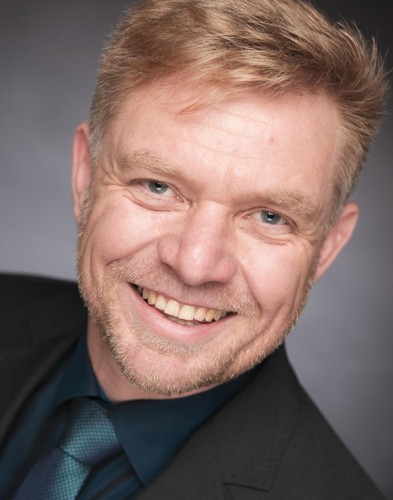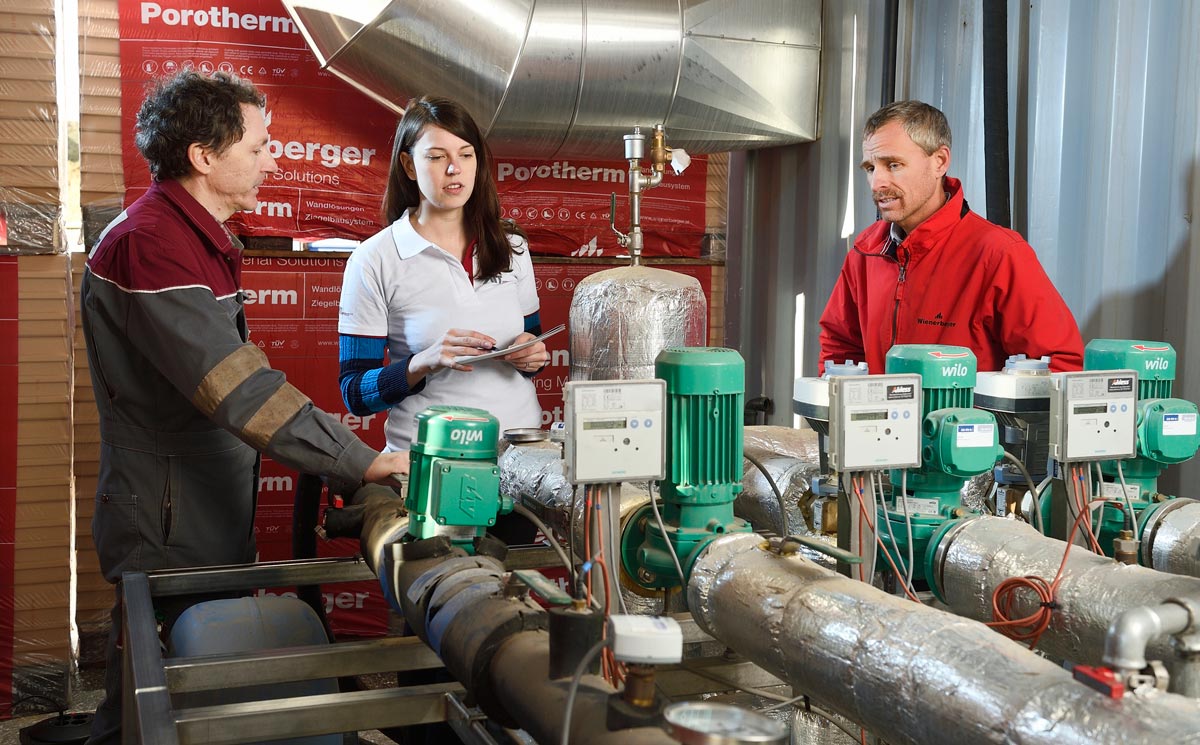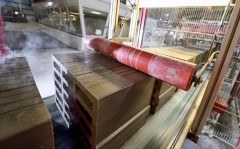Desiccating and drying products are among the most energy-intensive industrial processes, accounting for up to 25 % of total energy consumption in industry around the world. Roughly 85 % of all drying processes involve fossil-fuelled convective driers. In 99 % of these systems the water vapour produced in drying is simply expelled with the exhaust air and no use is made of its energy content.
Employing compression heat pumps in industrial drying processes is the subject of research in the DryPump project managed by the AIT Austrian Institute of Technology GmbH. The new technology is intended to recover the energy content of the water vapour from the exhaust air and feed it back into the drying process. Technically feasible approaches have been developed and assessed for cost-effectiveness in selected processes.
In air-conditioning and eliminating moisture from construction materials the compression heat pump is an established technology for desiccating air flows. The DryPump project investigated whether this technology is suitable for industrial drying in an evaporation temperature range from 60 to 95°C and at condensation temperatures up to 170°C. At Wienerberger and AGRANA, two of the project partners, preliminary investigations identified seven different processes requiring incoming air at temperatures in the range 80 to 170°C. Functional prototypes of compressors from the project partner Bitzer Kühlmaschinen GmbH were used to investigate under real-life operating conditions how heatproof critical materials are. Safe starting up and shutting down and direct injection to cool gas were also examined. Approaches to process integration were developed.
Energy-intensive drying processes are particularly common in the paper industry, but also occur in the timber, sugar, paint, textile and brick industries. The researchers at AIT expect that in the mid term the new technology will make energy savings of up to 80 % and carbon-dioxide emission savings of up to 68 % possible. The results will provide a basis for follow-up demonstration projects.
Demonstration in EU project DryFiciency
With the support of the EU research and innovation programme Horizon 2020 (EC Grant Agreement Nr. 723576) the DryFicieny project with focus on industrial heat pumps is currently under way. In this setting a pioneering heat-pump technology for drying in industry will be demonstrated at two Austrian project partners, AGRANA and Wienerberger.
www.dry-f.eu
In AGRANA’s sugar and starch production the new heat-pump system will be incorporated in producing and drying starch from potatoes, wheat and maize; it is intended to harvest around 25 % of the heat recovery potential on site.
At Wienerberger this heat-pump technology will be used to dry bricks, which are currently dried with hot air in “open” convection driers. In future the process is to run in a closed circuit, with the heat pump recovering heat from the moist exhaust air and returning it to the heating system.

„The bulk of the thermal energy supplied to a brickworks ends up in the moist air expelled from the brick driers. So using heat pumps to recover heat from moist exhaust air is a key research area for Wienerberger. DryPump and the follow-up project DryFiciency are important elements in our R&D roadmap to reduce unit energy consumption in brickmaking. For Wienerberger, as a representative of a very tradition-oriented sector, participating in collaborative research projects with public funding is most enriching.“
Dirk Saldsieder
Head of Production Technology & New Materials
Wienerberger AG

